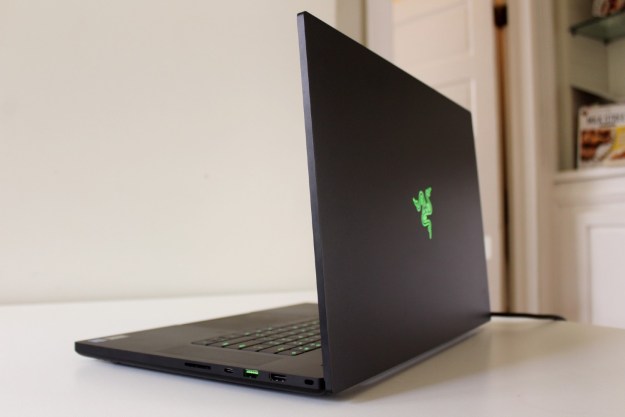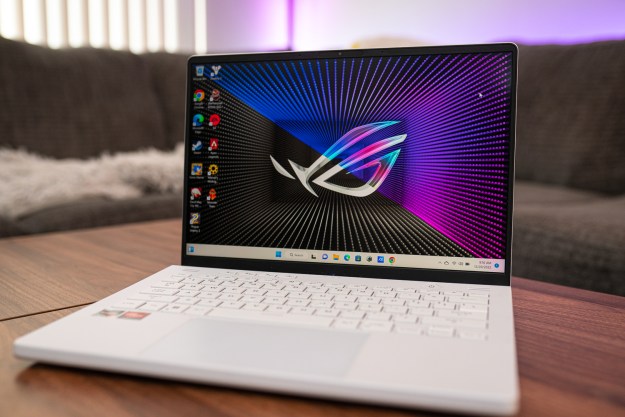If given the choice between more pixels or faster frame refreshes, most gamers will always opt for refresh rate. It’s how we ended up with 1080p gaming laptops offering ridiculous 360Hz screens.
But at CES 2021, you may no longer have to make that choice. The next generation of Nvidia laptop graphics has officially arrived — the RTX 30-series, and we’re already seeing laptop manufacturers explore what new territory they can explore with this much power under the hood.
We’re on the verge of a resolution revolution, and it’s about to make gaming on a laptop so much more awesome.
More pixels or faster frames?
When the RTX 20-series launched for
In the years since then, we’ve seen that refresh rate number get higher and higher. First, it jumped up to 240Hz. Then to 300Hz. This year, we’re even seeing

But who can blame them?
Thanks to the RTX 30-series, though, we’re starting to see the signs of change. Just today, Razer announced that its popular Blade 15 gaming laptop will now come in a QHD (1440p) variant with a 240Hz refresh rate. That’s incredible. Razer still offers its 1080p 360Hz model, of course. But again, you’ll likely not see the difference between playing a game at 240 fps and 360 fps.
Asus and Lenovo are both following a similar path with their gaming laptop entries this year. The Legion 7 16-inch features a 1440p screen with a 165Hz refresh rate, as does the Asus ROG Strix SCAR.

But, of course, 4K will always be the holy grail of gaming. Don’t worry — we’re pushing the envelope there too. Asus announced the latest version of its ROG Zephyrus Duo 15 SE, now powered by both an Nvidia RTX 3080 and the latest Ryzen 9 5900HX processor from AMD. With those forces combined, Asus dared to include a 120Hz screen on its
I’ll still need to test these new graphics out myself to see if Nvidia holds up to its promises, but if we listen to the design choices being made by laptop manufacturers, we may finally be on the road to kissing 1080p goodbye for good.
Editors' Recommendations
- Don’t wait for new GPUs. It’s safe to buy a gaming laptop now
- ROG Flow X13 (2023) vs. ROG Zephyrus G14 (2023): compact gaming laptops
- We now know the eye-watering price of Nvidia’s RTX 4090 gaming laptops
- The best gaming laptops from CES 2023: ROG, Alienware, Razer, and more
- The new ROG Zephyrus gaming laptops look like absolute stunners


